What is a tunable white LED strip light
A tunable white LED strip light is a linear light module which is fabricated from a flexible printed circuit board and is capable of emitting white light in a continuously adjustable range of color temperatures. Tunable white refers to the capability of modulating correlated color temperature (CCT) of a light source, with its luminous intensity controlled independently. Creating an environment that is more conducive to health, comfort, or productivity can be accomplished through adjustment of spectral composition and intensity of the light. Dynamic tuning of the white light spectrum is increasingly being used as a design tool to adjust for aesthetics, physiological effects, preference, or artistic expression.
Human centric lighting (HCL)
Tunable white lighting is not a new invention but, rather it is rapidly gaining popularity. It has become more important than ever with the discovery of the biological effects of light as well as the introduction of LEDs. Today most tunable white LED strips are designed to support the concept of human centric lighting (HCL). HCL is used to reinforce the body’s circadian rhythm and the natural cycle of biological functions. It can simulate the changing color temperature and intensity of natural daylight to evoke particular human biological responses. Color temperature provides a reference point that help users intuitively know the color of light. It generally corresponds to the proportion of blue wavelengths in the visible spectrum. Cool white light contains a high percentage of blue radiation which promotes the release of serotonin and cortisol while at the same time suppressing melatonin production. The blue-depleted warm white light will not disrupt the normal release of melatonin. Nocturnal melatonin release is a vital protective mechanism for the human body.
Additive color mixing
Tunable white LED lighting requires a minimum of two independent LED primaries. The most basic configuration of a tunable white LED strip is a mix of warm-white (e.g. 2700 K) and cool-white (e.g. 6500 K) phosphor-converted LEDs. White colors between the two color points can be created by adjusting the output ratio of the two colored LEDs. This method is simple but may result in deviation of color points from the blackbody lotus. White light can also be achieved by mixing multiple colors together. 4-in-1 RGBW or RGBA LEDs are used in method. Color mixing occurs as the light leaves the integrated multi-chip LED packages. The 4-color mixing system can create any color within their gamut, which means the color point of white light can follow the blackbody locus throughout their color range. The 4-color mixing system can generate white light at a high efficacy and with a high color rendering index (CRI). Implementation of this method requires a sophisticated LED driver which has the capability of dynamically mixing its output from four LEDs to generate the requested intensity and color. The use of RGBW/RGBA LEDs and digital drivers will significantly increase the cost of tunable white system.
LED dimming
To produce white light of a predictable color point from a 2-channel or 4-color system, accurate dimming control of each component LED within the color mixing system is essential. Achieving a precise CCT with the constant current reduction (CCR) method can be a challenge because a color shift can occur when the LED is operated below the rated current. A preferred method is using pulse width modulation (PWM) which operates by varying the duty cycle of the pulses to control the apparent brightness. Dimming with PWM can maintain a consistent CCT over a wide range of dimming level as the LEDs are always powered at their rated current. Tunable white LED strips can be controlled using a communication protocol such as 0-10V, DMX, Dali, or wireless Bluetooth control.

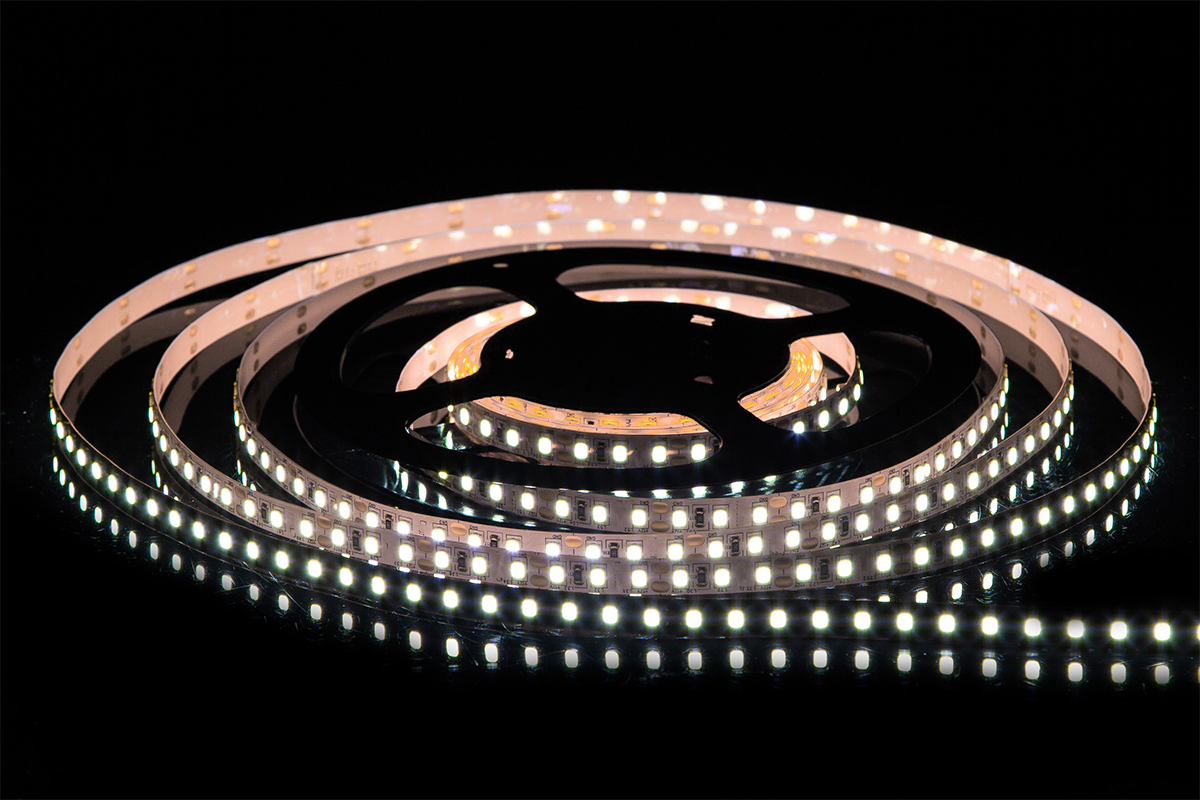

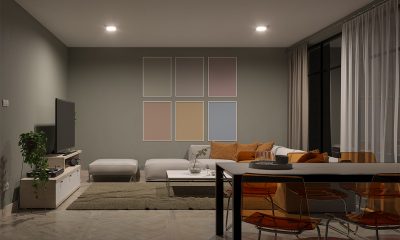

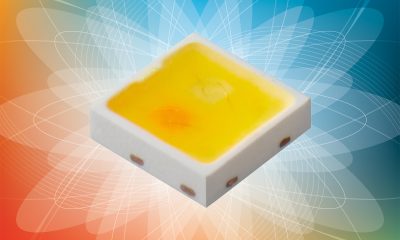




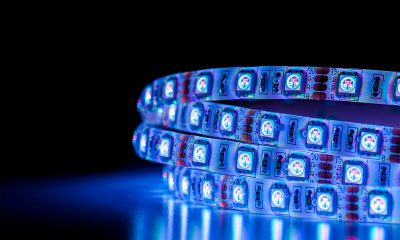


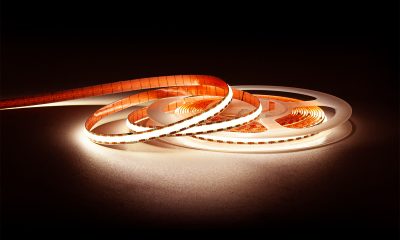





Loading...